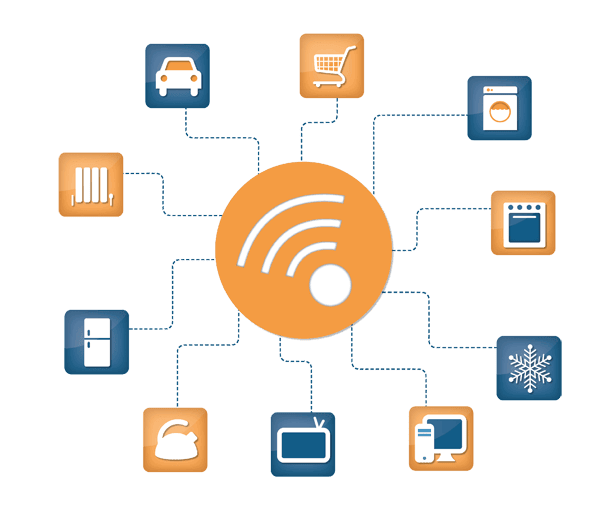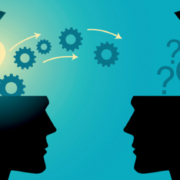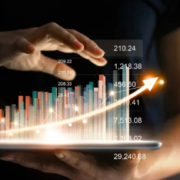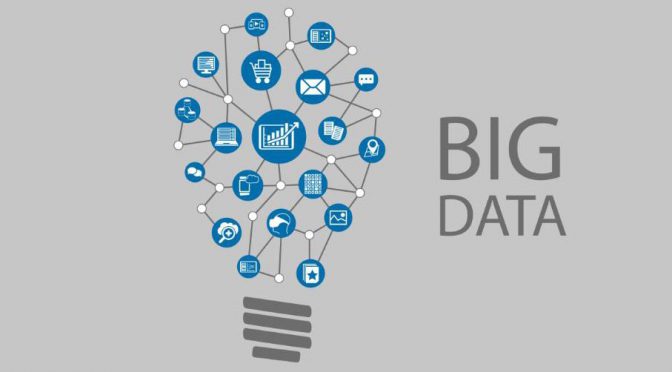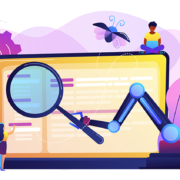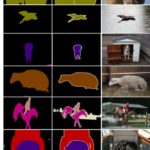RFID to IoT
When I was in graduate school, I designed a construction site of the future. It was in collaboration with Texas Instruments in the late 90s. The big innovation, at the time, was RFID (radio-frequency identification). Not that RFID was new. In fact, it has been around since World War II where it was used to identify allied planes. After the war, it made its way into industry through anti-theft applications. In the 80s, a group of scientists from Los Alamos National Laboratory formed a company using RFID for toll payment systems (still in use today). A separate group of scientists there also created a system for tracking medication management in livestock. From here it made its way into multiple other applications and began to proliferate.
RFID got a boost in 1999 when two MIT professors, David Brock and Sanjay Sarma, reversed the trend of adding more memory and more functionality to the tags and stripped them down to a low-cost, very simple microchip. The data gleaned from the chip was stored in a database and was accessible via the web. This was right at the time that the wireless web emerged (good old CDPD) as well, which really bolstered widespread adoption. This also precipitated funding from large companies, like Procter & Gamble and Gillette (this was before P&G acquired Gillette), to institute the Auto-ID Center at MIT, which furthered the creation of standards and cemented RFID as an invaluable weapon for companies, especially those with complex supply chains.
OK, as you can tell, RFID has a special place in my heart. I even patented the idea of marrying RFID with images, but that is another story. Anyway, up to this point you’ve probably decided this is a post about RFID, but it’s not. It’s a post about RFID to IoT (Internet of Things). The term Internet of Things (IoT) was first coined by British entrepreneur Kevin Ashton in 1999 while working at Auto-ID Labs, specifically referring to a global network of objects connected by RFID. But RFID is just one type of sensor and there are numerous sensors out there. I like this definition from Wikipedia:
In the broadest definition, a sensor is an electronic component, module, or subsystem whose purpose is to detect events or changes in its environment and send the information to other electronics, frequently a computer processor. A sensor is always used with other electronics, whether as simple as a light or as complex as a computer.
Sensors have been around for quite some time in various forms. The first thermostat came to market in 1883, and many consider this the first modern, manmade sensor. Infrared sensors have been around since the late 1940s, even though they’ve really only recently entered the popular nomenclature. Motion detectors have been in use for a number of years as well. Originally invented by Heinrich Hertz in the late 1800s, they were advanced in World War II in the form of radar technology. There are numerous other sensors: biotech, chemical, natural (e.g. heat and pressure), sonar, infrared, microwave, and silicon sensors to name a few.
According to Gartner, there are currently 8 Billion IoT Units worldwide and there will be 20 Billion by 2020. Suffice to say there are numerous sources of data to track “things” within an organization and throughout supply chains. There are also numerous complexities to managing all of these sensors, the data they generate, and the actionable intelligence that is extracted and needs to be acted on. Some major obstacles are networks with time delays, switching topologies, density of units in a bounded region, and metadata management (especially across trading partners and customers). These are all challenges we at BigR.io have helped customers work through and resolve. A great example is our Predictive Maintenance offering.
Let’s get back to RFID to IoT. There is a tight coupling because the IP address of the unit needs to be supplemented with other information about the thing (for example, condition, context, location, security, etc). RFID and other sensors working in unison can provide this supplemental information. This marriage enables advanced analytics including the ability to make predictions. Large sensor networks must be properly architected to enable effective sensor fusion. Machine Learning helps take IoT to the next level of sophistication for predictions and automation for fixes and can help figure out when and where every ”thing” fits in the ecosystem that they play in. A proper IoT agent should monitor the health of the systems individually and in relation to other parts. Consensus filters will help in the analysis of the convergence, noise propagation reduction, and ability to track fast signals.
There are other factors that play into why IoT is so hot right now: the whole Big Data phenomenon has lent itself to the growth, endless compute power has served as a foundation by which advanced applications using IoT can run, and the Machine Learning libraries have been democratized by companies like Google, Facebook, and Microsoft. In general, Machine Learning thrives when mounds of data are available. However, storing all data is cost prohibitive and there is so much data being generated that most companies opt to only store bits of critical data. Some companies only store the data to freeze it from failures. You may not want to store all data, but you don’t want to lose “metadata,” or the key information that the data is trying to tell you, whether from the sensor itself or indirectly through neighboring sensors. I had a stint where we supported Federal and Defense-related sensor fusion initiatives and I picked up a handy classification of data:
- Data
- Information
- Knowledge
- Intelligence
The flow is moving the metadata being generated down the line into information → knowledge → intelligence that can be acted upon.
There also exists the ABCs of Data Context:
[A]pplication Context: Describes how raw bits are interpreted for use.
[B]ehavioral Context: Information about how data was created and used by real people or systems.
[C]hange Over Time: The version history of the other two forms of data context.
Data context plays a major role in harnessing the power of an IoT network. As we progress to smarter networks, more sophisticated sensors, and artificial intelligence that manages our “things,” the architecture of your infrastructure (enterprise data hub), the cultivation and management of your data flows, and the analytics automation that rides on top of everything become critical for day-to-day operations. The good news is that if this is all done properly, you will reap the rewards of thing harmony (coined here first folks).
Please visit our Deep Learning Neural Networks for IoT white paper for a more technical slant.

